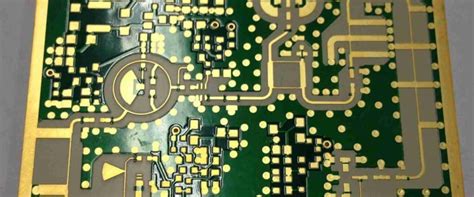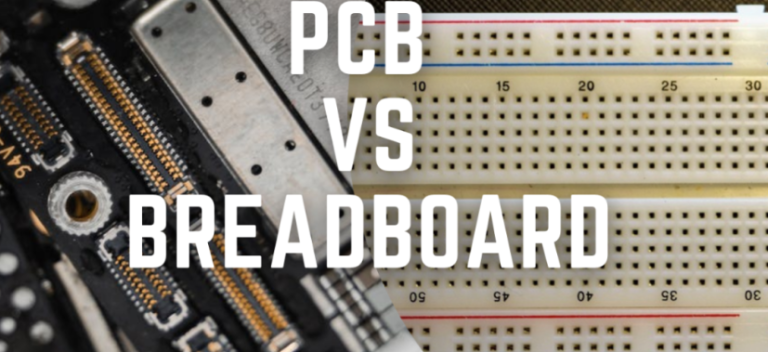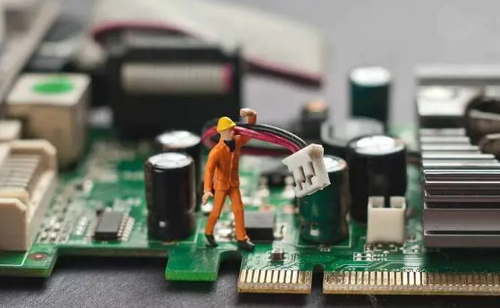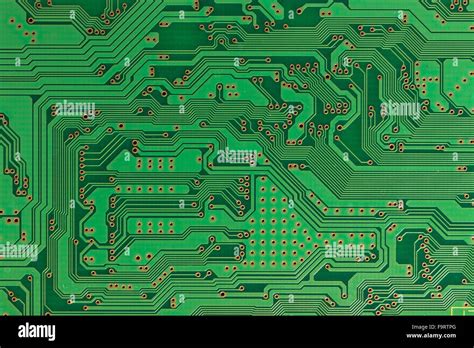Overmolding flex pcb
Advantages Of Overmolding Flex PCB In Modern Electronics
Overmolding flex PCBs, or flexible printed circuit boards, has become a pivotal technique in the realm of modern electronics, offering a multitude of advantages that enhance both the functionality and durability of electronic devices. This process involves encapsulating a flex PCB with a layer of thermoplastic material, which not only provides mechanical protection but also improves the overall performance of the electronic components. As we delve into the benefits of overmolding flex PCBs, it becomes evident why this method is increasingly favored in the electronics industry.
One of the primary advantages of overmolding flex PCBs is the enhanced durability it imparts to electronic devices.
Flex PCBs are inherently more prone to damage due to their thin and flexible nature. However, by overmolding these circuits, manufacturers can significantly increase their resistance to environmental factors such as moisture, dust, and mechanical stress. This added layer of protection ensures that the electronic components remain intact and functional even in harsh conditions, thereby extending the lifespan of the device.
In addition to durability, overmolding flex PCBs also contributes to improved electrical performance.
The thermoplastic material used in the overmolding process acts as an insulator, reducing the risk of short circuits and electrical interference. This is particularly crucial in high-frequency applications where signal integrity is paramount. By minimizing electrical noise and ensuring stable connections, overmolding helps maintain the reliability and efficiency of the electronic system.
Furthermore, overmolding flex PCBs allows for greater design flexibility.
The process enables the creation of complex shapes and structures that would be challenging to achieve with traditional rigid PCBs. This flexibility is especially beneficial in the development of compact and lightweight devices, such as wearable technology and medical implants, where space constraints are a significant consideration. The ability to mold the PCB into various forms without compromising its functionality opens up new possibilities for innovative product designs.
Another notable advantage of overmolding flex PCBs is the potential for cost savings in the manufacturing process.
By integrating multiple components into a single overmolded unit, manufacturers can reduce the number of assembly steps and minimize the need for additional protective enclosures. This streamlining of the production process not only lowers labor costs but also decreases the likelihood of assembly errors, leading to higher yields and more consistent product quality.
Moreover, overmolding flex PCBs can enhance the aesthetic appeal of electronic devices.
The seamless integration of the PCB within the thermoplastic material results in a sleek and polished appearance, which is particularly desirable in consumer electronics where visual appeal is a key selling point. This aesthetic advantage, combined with the functional benefits, makes overmolding an attractive option for manufacturers aiming to create high-quality, visually appealing products.
In conclusion, the advantages of overmolding flex PCBs in modern electronics are manifold. From increased durability and improved electrical performance to greater design flexibility and potential cost savings, this technique offers a comprehensive solution to many of the challenges faced by the electronics industry. As technology continues to evolve, the adoption of overmolding flex PCBs is likely to grow, driving further innovation and advancement in electronic device design and manufacturing.
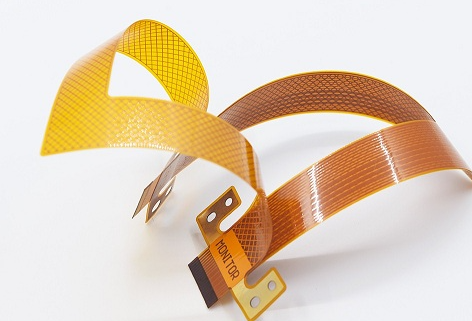
Step-By-Step Guide To Overmolding Flex PCB
Overmolding flex PCBs is a sophisticated process that enhances the durability and functionality of flexible printed circuit boards by encapsulating them in a protective material. This technique is particularly valuable in applications where the PCB is exposed to harsh environments or mechanical stress. To achieve a successful overmolding process, it is essential to follow a series of meticulous steps, each contributing to the overall integrity and performance of the final product.
The initial step in overmolding flex PCBs involves the design and preparation of the flexible circuit.
This stage requires careful consideration of the circuit layout, ensuring that the design accommodates the overmolding process. Engineers must account for factors such as the placement of components, the routing of traces, and the overall flexibility of the PCB. Once the design is finalized, the flex PCB is fabricated using materials that can withstand the subsequent overmolding process.
Following the fabrication of the flex PCB, the next step is to prepare the mold.
The mold is a critical component in the overmolding process, as it defines the shape and dimensions of the encapsulating material. Precision in mold design is paramount, as any discrepancies can lead to defects in the final product. The mold is typically made from durable materials such as steel or aluminum, and it is designed to accommodate the specific requirements of the flex PCB.
With the mold prepared, the flex PCB is then positioned within the mold cavity.
This step requires precision and care to ensure that the PCB is correctly aligned and securely held in place. Any misalignment can result in uneven encapsulation, which can compromise the performance and reliability of the final product. To facilitate this process, fixtures or jigs are often used to hold the flex PCB in the correct position.
Once the flex PCB is securely positioned, the overmolding material is introduced into the mold.
The choice of overmolding material is crucial, as it must provide adequate protection while maintaining the flexibility of the PCB. Common materials used for overmolding include thermoplastic elastomers (TPE), silicone, and polyurethane. These materials are selected based on their mechanical properties, environmental resistance, and compatibility with the flex PCB.
The overmolding material is typically injected into the mold using an injection molding machine.
This machine precisely controls the temperature, pressure, and flow rate of the material to ensure consistent and uniform encapsulation. During this process, it is essential to monitor the parameters closely to prevent issues such as voids, air bubbles, or incomplete filling of the mold.
After the overmolding material has been injected and allowed to cure, the mold is opened, and the overmolded flex PCB is carefully removed. At this stage, the encapsulated PCB undergoes a series of inspections and tests to verify its quality and performance. These tests may include visual inspections, electrical testing, and mechanical stress tests to ensure that the overmolding has not compromised the functionality of the PCB.
Finally, any excess material or flash is trimmed away, and the overmolded flex PCB is ready for integration into its intended application.
This step-by-step process, when executed with precision and attention to detail, results in a robust and reliable product capable of withstanding demanding conditions. Overmolding flex PCBs not only enhances their durability but also extends their lifespan, making them suitable for a wide range of industrial, automotive, and consumer electronics applications.
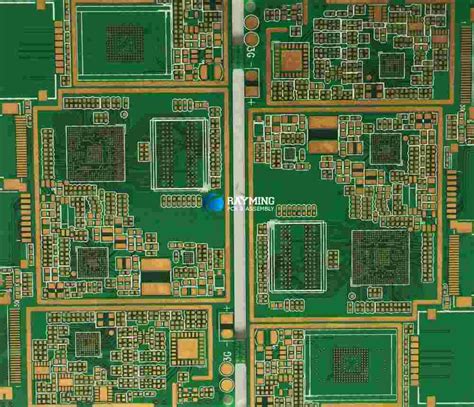
Common Challenges And Solutions In Overmolding Flex PCB
Overmolding flex PCBs presents a unique set of challenges that require careful consideration and precise execution to ensure optimal performance and reliability. One of the primary challenges in overmolding flex PCBs is maintaining the integrity of the flexible circuits during the overmolding process. Flex PCBs are inherently delicate due to their thin and flexible nature, making them susceptible to damage from the high pressures and temperatures involved in overmolding. To address this, it is crucial to select appropriate materials and process parameters that minimize stress on the flex PCB. Utilizing low-pressure molding techniques and selecting thermoplastic materials with lower melting points can significantly reduce the risk of damaging the flexible circuits.
Another common challenge is ensuring proper adhesion between the overmold material and the flex PCB.
Poor adhesion can lead to delamination, which compromises the mechanical and environmental protection provided by the overmold. To enhance adhesion, surface preparation of the flex PCB is essential. This can involve cleaning the surface to remove contaminants, applying adhesion promoters, or using plasma treatment to increase surface energy. Additionally, selecting overmold materials that are chemically compatible with the flex PCB substrate can improve bonding strength.
Thermal management is also a critical consideration in overmolding flex PCBs.
The overmolding process can introduce additional thermal stress, which may affect the performance and longevity of the electronic components on the flex PCB. To mitigate thermal issues, it is important to design the overmold with adequate thermal pathways to dissipate heat effectively. This can be achieved by incorporating thermal vias, using thermally conductive overmold materials, or designing the overmold geometry to facilitate heat dissipation.
Furthermore, the dimensional stability of the flex PCB during overmolding is a significant concern.
The flexible nature of the PCB can lead to deformation or warping under the pressure and heat of the overmolding process. To address this, it is essential to design the flex PCB with sufficient mechanical support, such as stiffeners or rigid sections, to maintain its shape during overmolding. Additionally, controlling the overmolding process parameters, such as pressure and temperature, can help minimize deformation.
Another challenge is ensuring the electrical performance of the flex PCB is not compromised during overmolding.
The overmold material must provide adequate insulation and protection against environmental factors such as moisture, dust, and chemicals. Selecting overmold materials with high dielectric strength and good environmental resistance is crucial. Additionally, it is important to design the overmold to avoid creating areas of high stress concentration that could damage the electrical traces or components on the flex PCB.
Finally, achieving consistent quality in overmolding flex PCBs can be challenging due to the variability in materials and processes.
Implementing rigorous quality control measures, such as in-process monitoring and post-molding inspection, can help ensure that the overmolded flex PCBs meet the required specifications. Utilizing advanced simulation tools to model the overmolding process can also aid in identifying potential issues and optimizing the design and process parameters.
In conclusion, overmolding flex PCBs involves addressing several challenges related to material selection, adhesion, thermal management, dimensional stability, electrical performance, and quality control. By carefully considering these factors and implementing appropriate solutions, it is possible to achieve reliable and high-performance overmolded flex PCBs that meet the demands of various applications.

Innovative Applications Of Overmolding Flex PCB In Wearable Technology
Overmolding flex PCBs (Printed Circuit Boards) has emerged as a groundbreaking technique in the realm of wearable technology, offering a multitude of innovative applications that enhance both functionality and user experience. This advanced manufacturing process involves encapsulating flexible PCBs with a protective layer of thermoplastic material, thereby providing durability, flexibility, and resistance to environmental factors. As wearable technology continues to evolve, the integration of overmolded flex PCBs is proving to be a pivotal development, driving advancements in various sectors including healthcare, fitness, and consumer electronics.
One of the most significant applications of overmolding flex PCBs in wearable technology is in the healthcare industry.
Wearable medical devices, such as continuous glucose monitors and heart rate sensors, require components that are not only reliable but also comfortable for prolonged use. Overmolding flex PCBs meet these requirements by offering a robust yet flexible solution that can withstand the rigors of daily wear. The protective overmold ensures that the sensitive electronic components are shielded from moisture, dust, and mechanical stress, thereby enhancing the longevity and reliability of the device. Furthermore, the flexibility of the PCB allows for a more ergonomic design, ensuring that the device conforms to the contours of the body, thereby improving patient comfort and compliance.
In the fitness industry, overmolding flex PCBs are revolutionizing the design and functionality of wearable fitness trackers and smart clothing.
These devices often need to endure harsh conditions such as sweat, impact, and repetitive motion. The overmolding process provides a durable barrier that protects the internal circuitry from these elements, ensuring consistent performance. Additionally, the flexibility of the PCB allows for seamless integration into various form factors, from wristbands to smart textiles. This integration not only enhances the aesthetic appeal of the wearable but also ensures that it remains lightweight and unobtrusive, thereby encouraging regular use by fitness enthusiasts.
Consumer electronics is another sector where overmolding flex PCBs are making a substantial impact.
Smartwatches, for instance, benefit greatly from this technology. The compact and flexible nature of the overmolded PCB allows for more sophisticated designs that can incorporate a multitude of sensors and functionalities without compromising on size or comfort. The protective overmold also ensures that these devices can withstand everyday wear and tear, including exposure to water and physical impacts. This durability is particularly important in consumer electronics, where user expectations for reliability and longevity are high.
Moreover, the integration of overmolding flex PCBs in wearable technology is fostering innovation in new and emerging applications.
For example, in the realm of augmented reality (AR) and virtual reality (VR), wearable devices equipped with overmolded flex PCBs can offer enhanced performance and durability. These devices often require complex circuitry to support high-resolution displays and sensors, and the flexibility and protection provided by overmolding ensure that they can deliver a seamless user experience even in demanding environments.
In conclusion, the innovative applications of overmolding flex PCBs in wearable technology are driving significant advancements across various industries. By providing a durable, flexible, and protective solution, this technology is enhancing the functionality, reliability, and user experience of wearable devices. As the demand for more sophisticated and resilient wearables continues to grow, the role of overmolding flex PCBs is set to become increasingly pivotal, paving the way for new possibilities and innovations in the wearable technology landscape.

